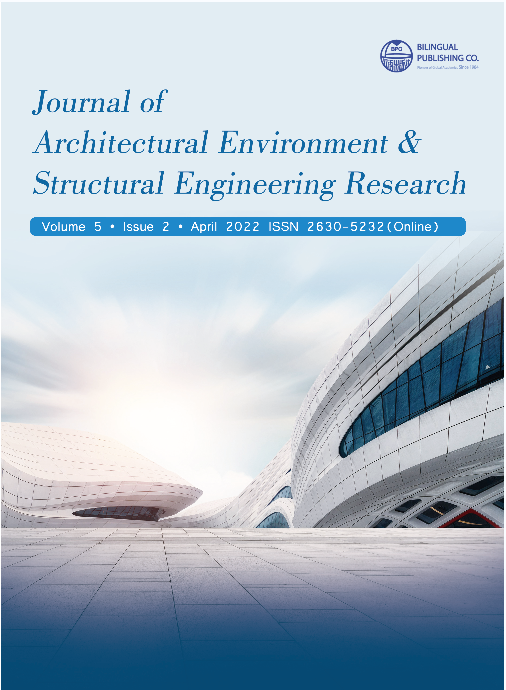-
2128
-
1862
-
1638
-
1600
-
1527
Evaluation and Effectiveness of Reallocating Traffic Signal Timing at Corridors with High Freight Volume
DOI:
https://doi.org/10.30564/jaeser.v5i2.4652Abstract
The COVID-19 pandemic drastically altered traffic patterns across the globe. With more people staying at home and relying on delivery services, there was a reduction in passenger car traffic but an increase in freight traffic. This study investigates the changes in traffic volume and mode splits during the COVID-19 pandemic at the intersection of Broening Highway and Holabird Avenues and investigates traffic signal reallocation strategies that account for the changes in traffic. This study considers morning peak traffic volumes before and during COVID. A methodology was developed to evaluate and measure freight volumes and emissions. From the literature, the cost per kilogram of CO, VOC, and NOx was $5.85, $3,37, and $12.53, respectively. The intersection operated at a level of service (LOS) of C both pre-COVID and during COVID. Traffic volume decreased by 24.3% during COVID at the study location; car volumes declined by 50%, and truck volumes increased by 130%. The total rate of emissions decreased by 22.6%.
Keywords:
Multi-modal transportation, Signalized intersection, Freight, Vehicle and persons delay, COVID, Value of time Multi-modal transportation, Value of timeReferences
[1] Hendrickson, C., Rilett, L.R., 2020. The COVID-19 pandemic and transportation engineering. American Society of Civil Engineers. https://ascelibrary.org/doi/full/10.1061/JTEPBS.0000418.AEA Technology Environment. (2005). Damages per tonne emission of PM2.5, NH3, SO2, NOx and VOCs from each EU25 Member State (excluding Cyprus) and surrounding seas.
[2] Al-Turki, M., Jamal, A., Al-Ahmadi, H.M., et al., 2020. On the potential impacts of smart traffic control for delay, fuel energy consumption, and emissions: An NSGA-II-based optimization case study from Dhahran, Saudi Arabia. Sustainability. 12(18), 7394. DOI: https://doi.org/10.3390/su12187394
[3] Hendrickson, C., Rilett, L.R., 2020. The COVID-19 pandemic and transportation engineering. American Society of Civil Engineers. https://ascelibrary.org/doi/full/10.1061/JTEPBS.0000418. AEA Technology Environment. (2005). Damages per tonne emission of PM2.5, NH3, SO2, NOx and VOCs from each EU25 Member State (excluding Cyprus) and surrounding seas.
[4] Liu, Z., Stern, R., 2021. Quantifying the traffic impacts of the COVID-19 shutdown. Journal of Transportation Engineering, Part A: Systems. 147(5), 04021014. https://ascelibrary.org/doi/10.1061/JTEPBS.0000527.
[5] DelDot, 2014. Estimating Vehicle Emissions in Signalized Networks with Synchro/SimTraffic.
[6] Victoria Transport Policy Institute, 2011. Transportation cost and benefit analysis II – air pollution costs. Victoria Transport Policy Institute.
[7] AEA Technology Environment, 2005. Damages per tonne emission of PM2.5, NH3, SO2, NOx and VOCs from each EU25 Member State (excluding Cyprus) and surrounding seas.
Downloads
How to Cite
Issue
Article Type
License
Copyright © 2022 Ijeoma Ihuoma-Walter, Celeste Chavis, Adewole Oladele

This is an open access article under the Creative Commons Attribution-NonCommercial 4.0 International (CC BY-NC 4.0) License.




 Ijeoma Ihuoma Walter
Ijeoma Ihuoma Walter





